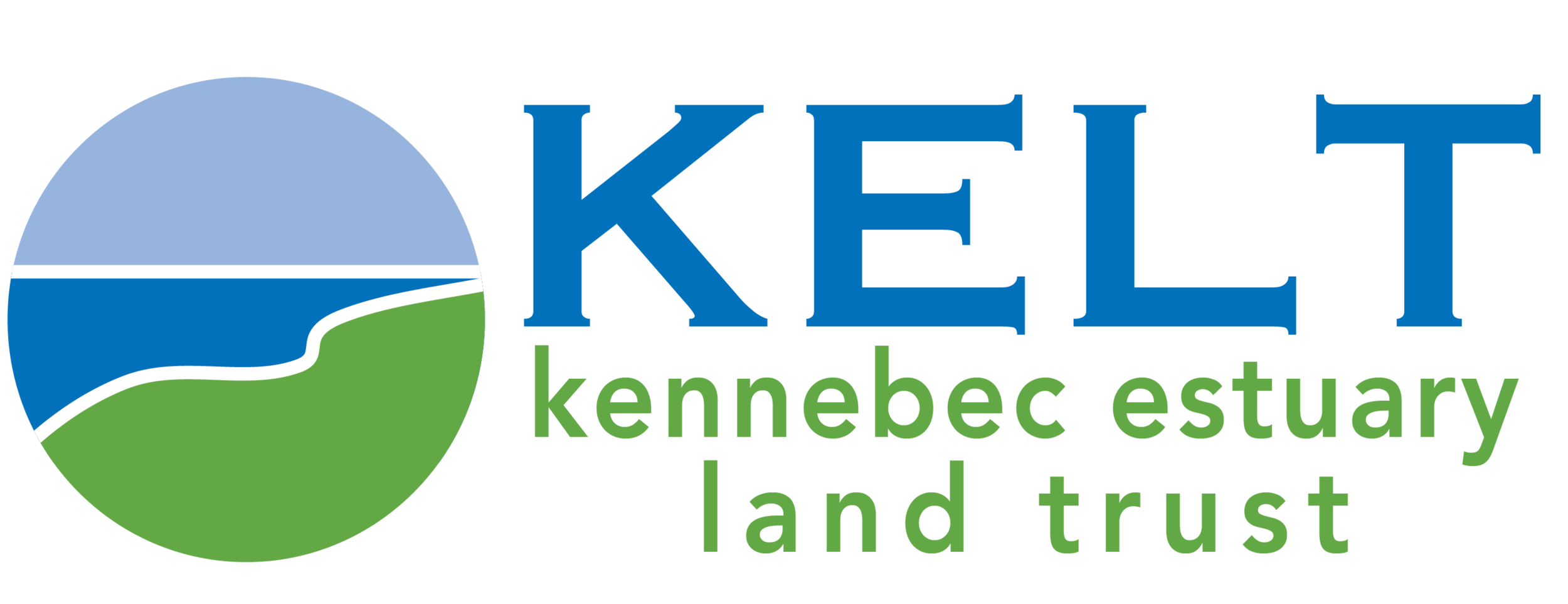Phrag to Food
“Keep it LOCAL.”
Jaime Rowntree, Garden Volunteer Coordinator, has a bounty of knowledge and a simple mission: "Keep it LOCAL.”
Managing the interwoven threats of food insecurity, climate change, and invasive species can feel overwhelming. Jaime’s perspective is hopeful. The garden can be a space for producing a sustainable crop yield that feeds our community, while also acting as a laboratory for important innovation.
One way she is combating these issues while utilizing the resources within reach, is by turning phrag into food. Phrag, short for phragmites, is an invasive species of wetland reed. It grows directly behind the garden in a disturbed bog landscape, displacing native biodiversity.
From her past experiences with phrag eradication in Manitoulin Island, Ontario, Jaime recognized the amount of biomass going to waste and thought “How can we link efforts between restoration of the landscape and food security?” As she searched for inspiration she recognized a shortage of creative uses for phrag, and had an idea - “What if I used it as mulch?”
Jaime and a crew of volunteers harvest the phrag, remove seed heads, and dry it in the greenhouse. Through this process the plants fully die - ensuring that the species will not spread. The phrag is then processed into mulch, inoculated with mushrooms, and dispersed in garden beds, where it enriches the soil with nutrients and provides ideal conditions for crops to grow. The jumping worms present in the garden avoid the scratchy, irritating phragmites and the mycelium of the mushrooms eat the eggs of the worms - limiting their reproduction.
Rather than relying on expensive straws, Jaime has found a solution that utilizes resources readily available, will support soil health, and contribute to the management of invasive species on the property. As the conditions we live in change, we too must adapt our techniques. Jaime can help us all creatively reimagine what a garden can look like and be, an important skill to add to our toolkit of resiliency.


